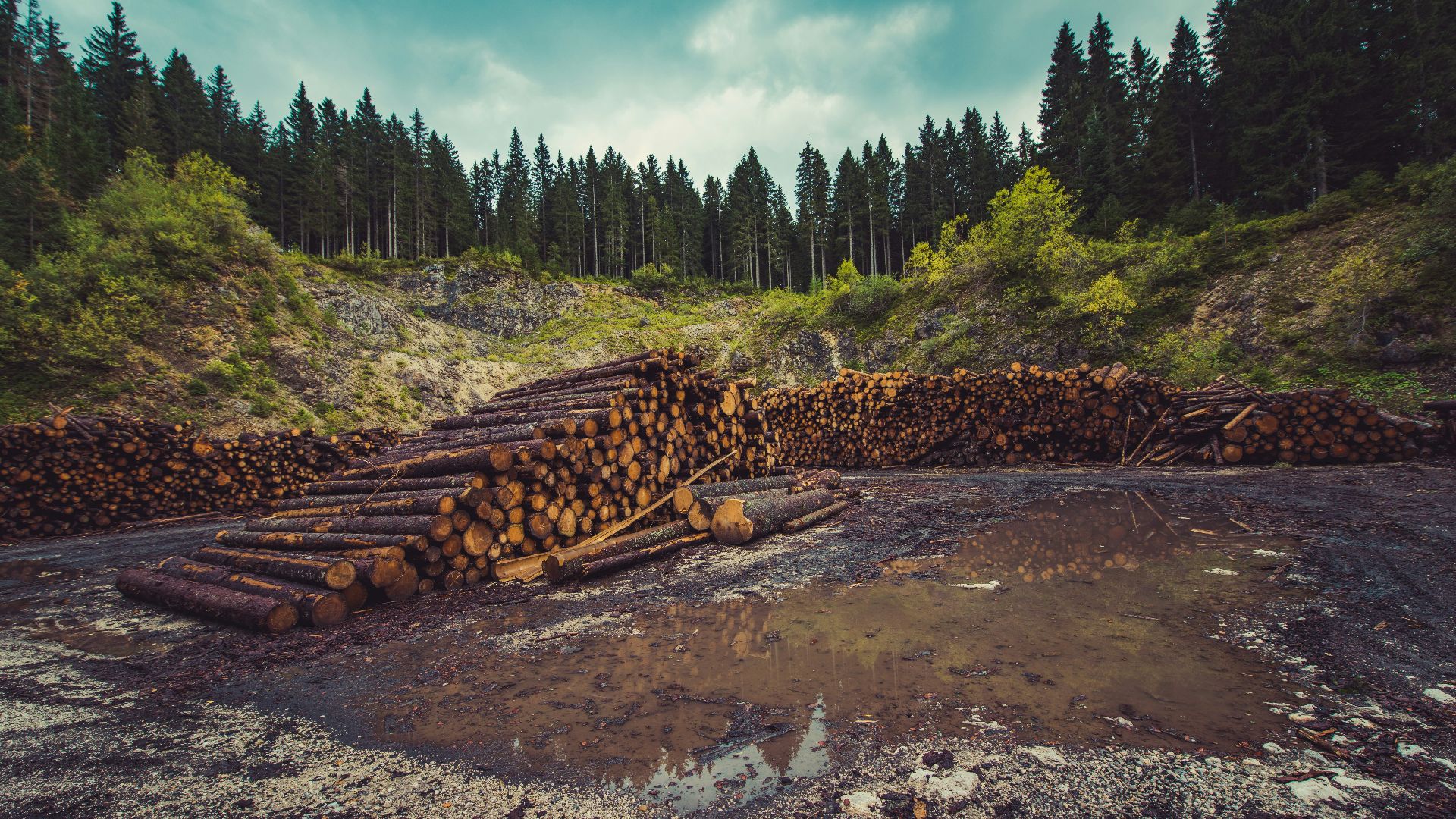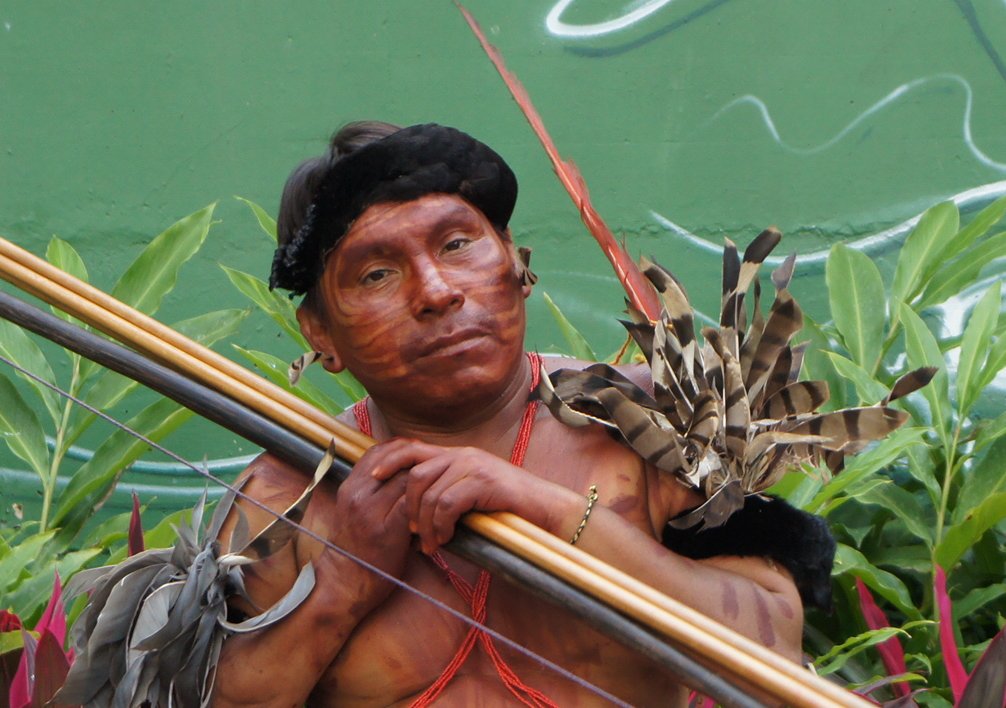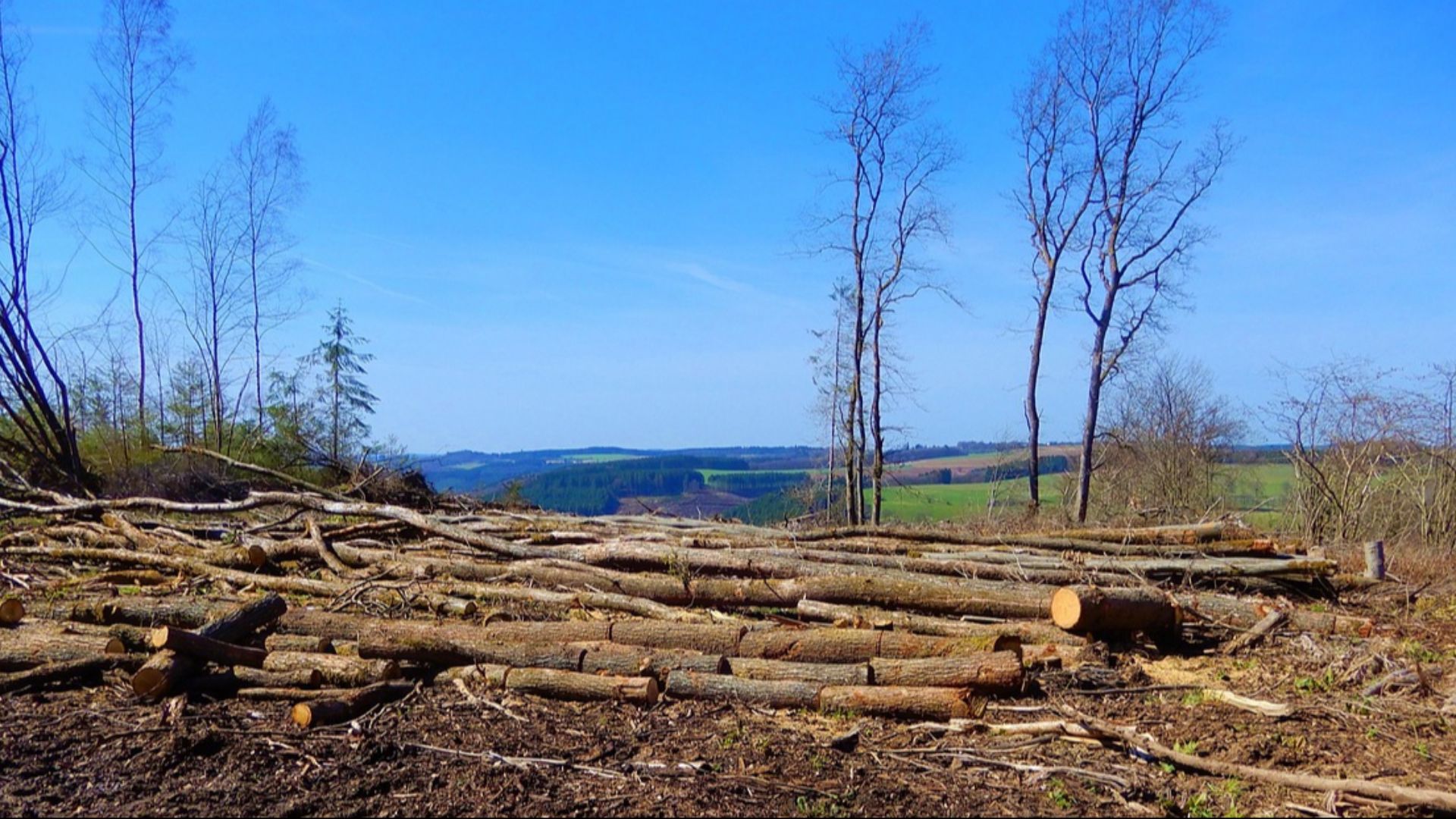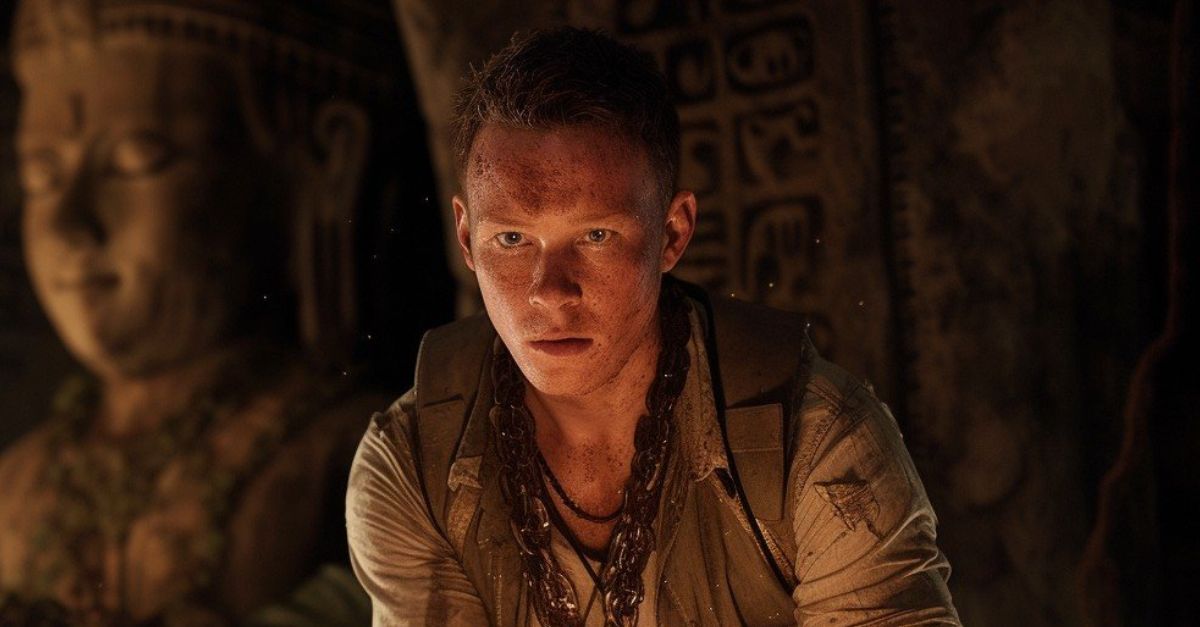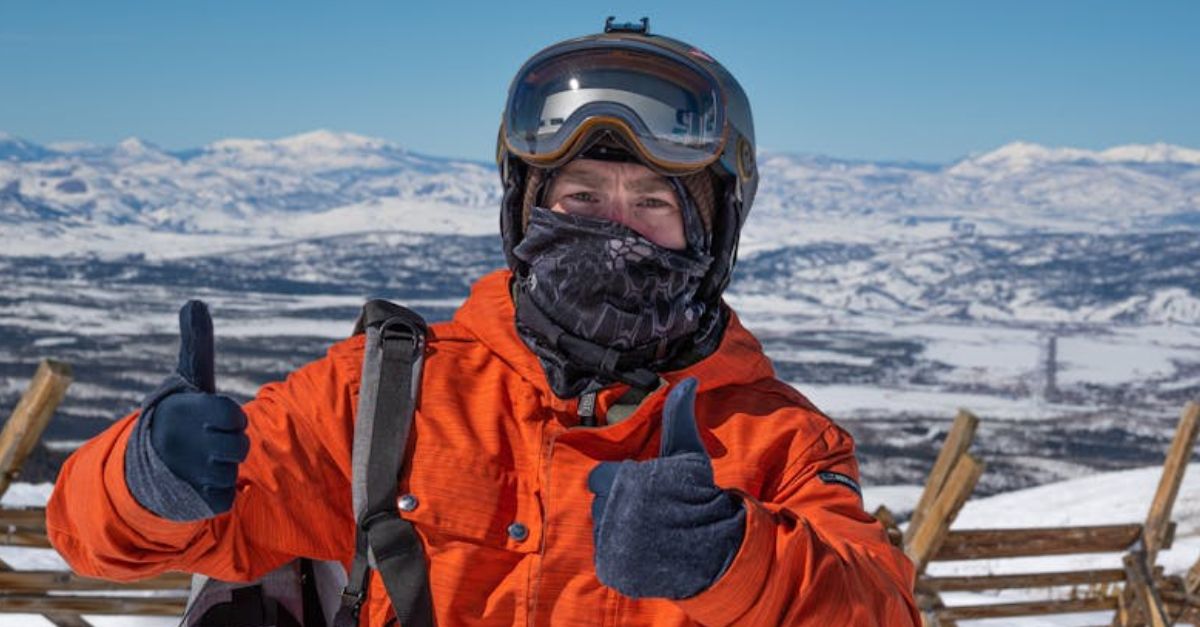The Silent People of the Amazon
Deep in the lush jungles of Colombia, near the Rio Puré National Park, lives one of the world’s most elusive tribes: the Carabayo. Also known as the Yuri people, they have managed to avoid the outside world for centuries. They don’t want our roads, our cities, or our noise. And their reason for staying hidden? It’s rooted in survival, silence, and the haunting scars of history.
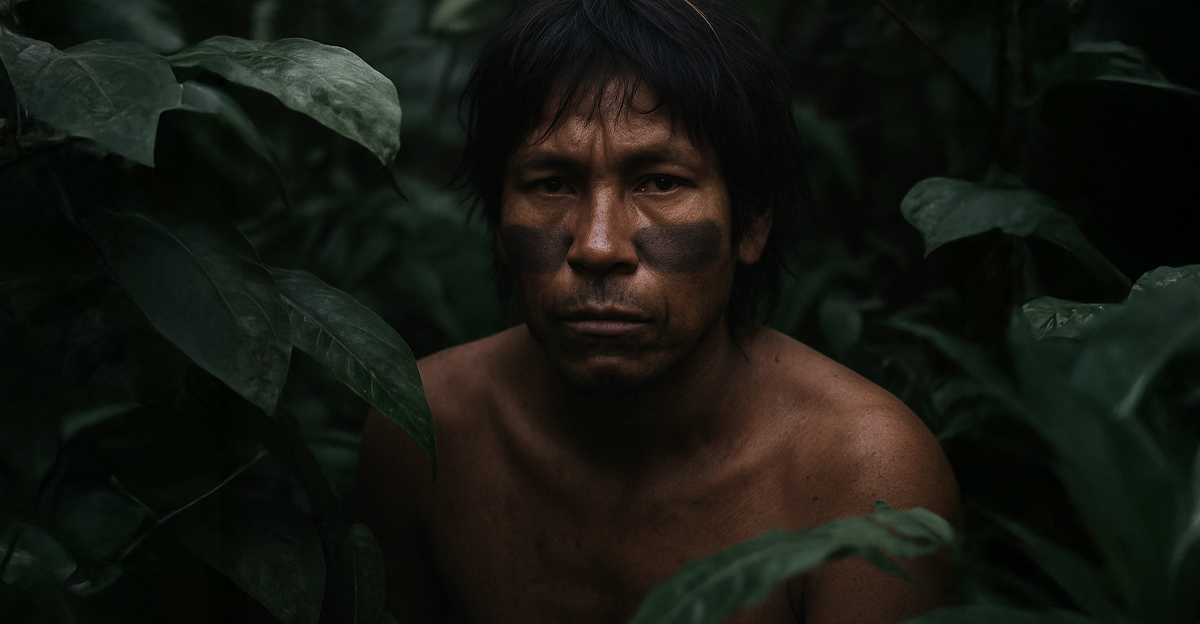
Hiding in Plain Sight
The Carabayo live in the Amazon rainforest, where thick vegetation and remote riverways keep them nearly invisible. They’re believed to move often, building temporary shelters out of palm leaves and wood. Their homes are designed to leave no trace—a way to disappear into the forest at a moment’s notice.
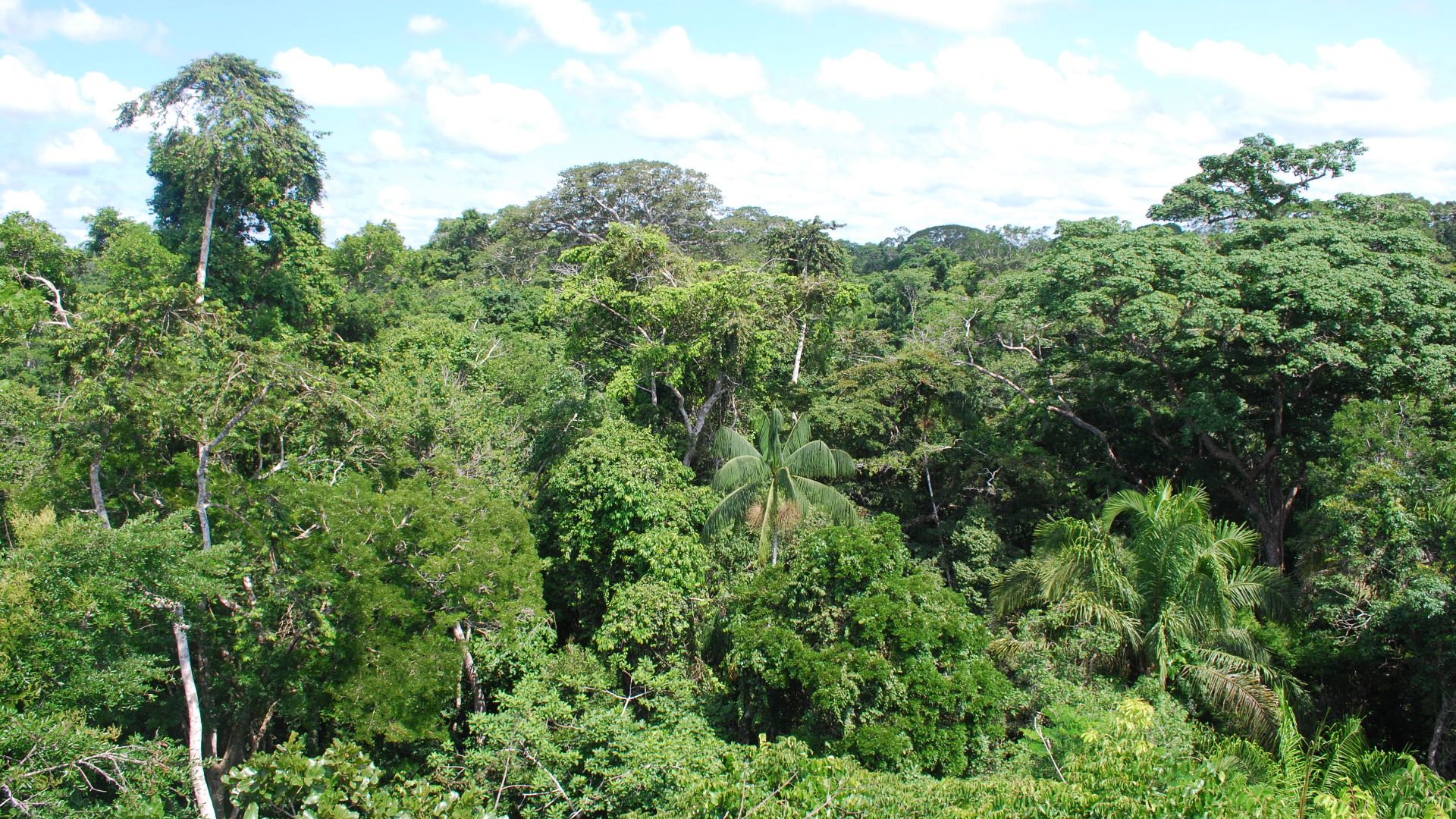 Ivan Mlinaric, Wikimedia Commons
Ivan Mlinaric, Wikimedia Commons
How Many Are There?
Nobody knows for sure. Estimates suggest there may be between 150 and 200 Carabayo individuals. They’re divided into small family groups that live far apart to avoid detection. Their small numbers make them incredibly vulnerable, which is likely one reason they avoid contact with outsiders at all costs.
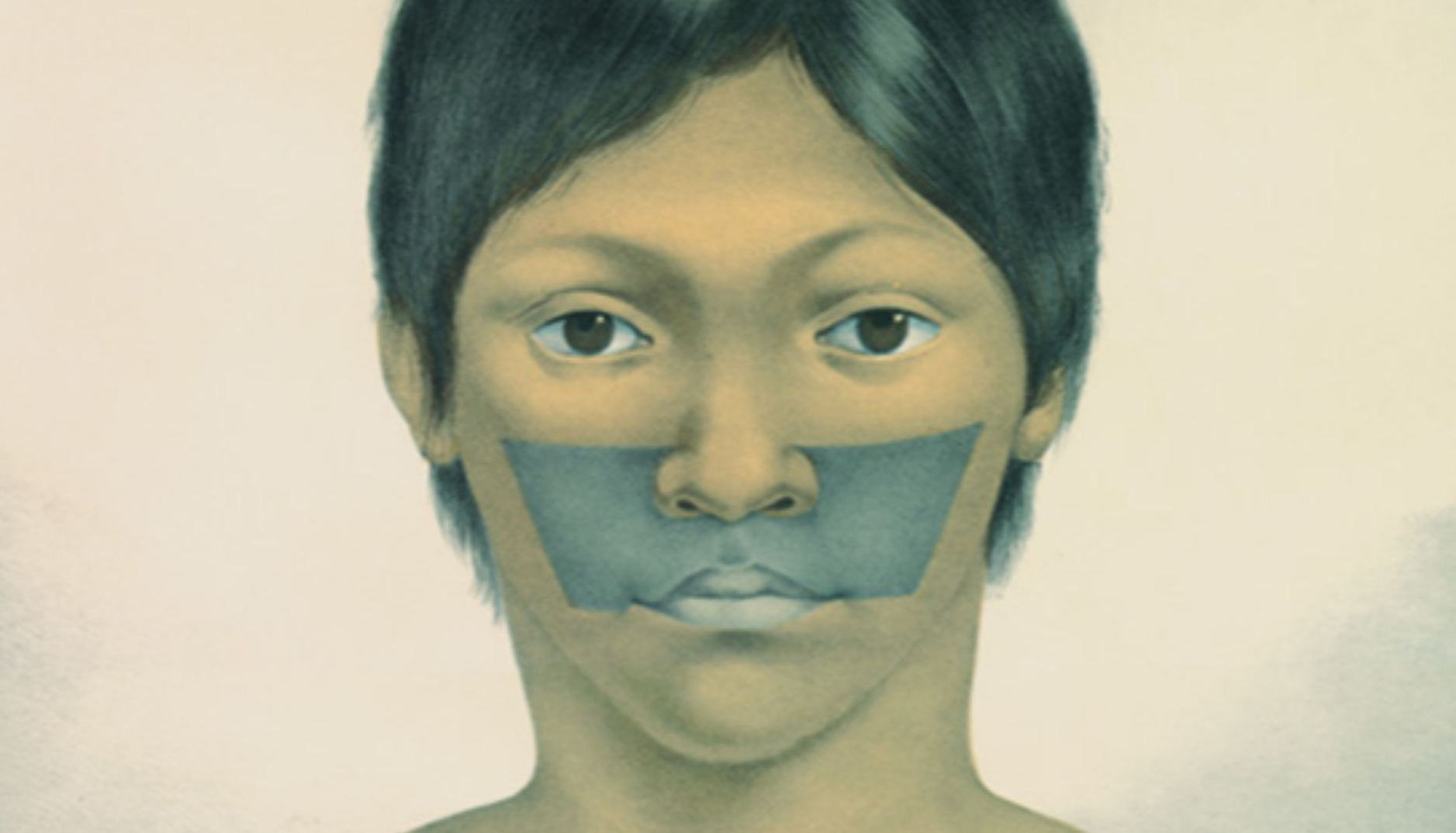 Johann Baptist von Spix, Wikimedia Commons
Johann Baptist von Spix, Wikimedia Commons
Language of the Hidden
The Carabayo speak a language that is barely understood. Linguists believe it may be related to the Tikuna-Yuri language family, but with so few words ever recorded, it remains largely a mystery. What little we know comes from the only confirmed contact—and even that was decades ago.
 Albert Frisch, Wikimedia Commons
Albert Frisch, Wikimedia Commons
The 1969 Encounter
In 1969, five Carabayo individuals were forcibly brought out of the forest by Colombian soldiers. They were held in a missionary outpost for several weeks. During this time, a few words of their language were documented. The group eventually escaped, vanishing back into the rainforest. The encounter left them traumatized—and even more determined to stay hidden.
 Capt. Lisa Allen, Wikimedia Commons
Capt. Lisa Allen, Wikimedia Commons
Evidence of Their Existence
Though they avoid people, they leave behind clues. Footprints, broken twigs, temporary shelters, and arrowheads have been found along remote trails. In 2012, aerial photos revealed what appeared to be a Carabayo settlement deep in the Amazon. Indigenous trackers and researchers confirm the tribe’s presence, but no one has approached them directly since.
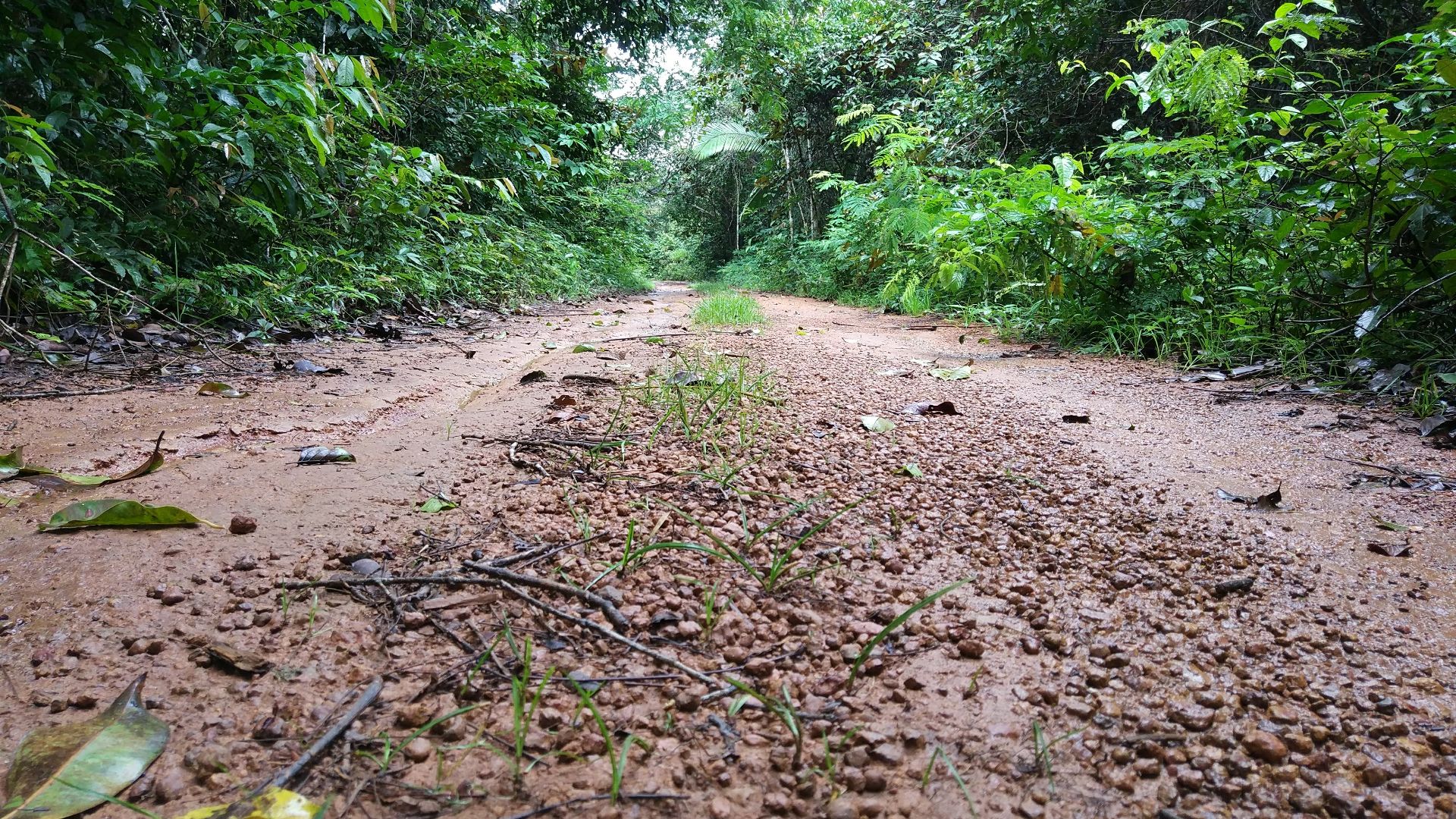 Luispaulobio, Wikimedia Commons
Luispaulobio, Wikimedia Commons
Why Stay Hidden?
History offers a chilling answer. The Carabayo are believed to be descendants of tribes that fled rubber barons, slavers, and violent colonizers in the 19th and 20th centuries. Staying hidden became a matter of life or death. To them, the outside world represents danger, disease, and broken promises.
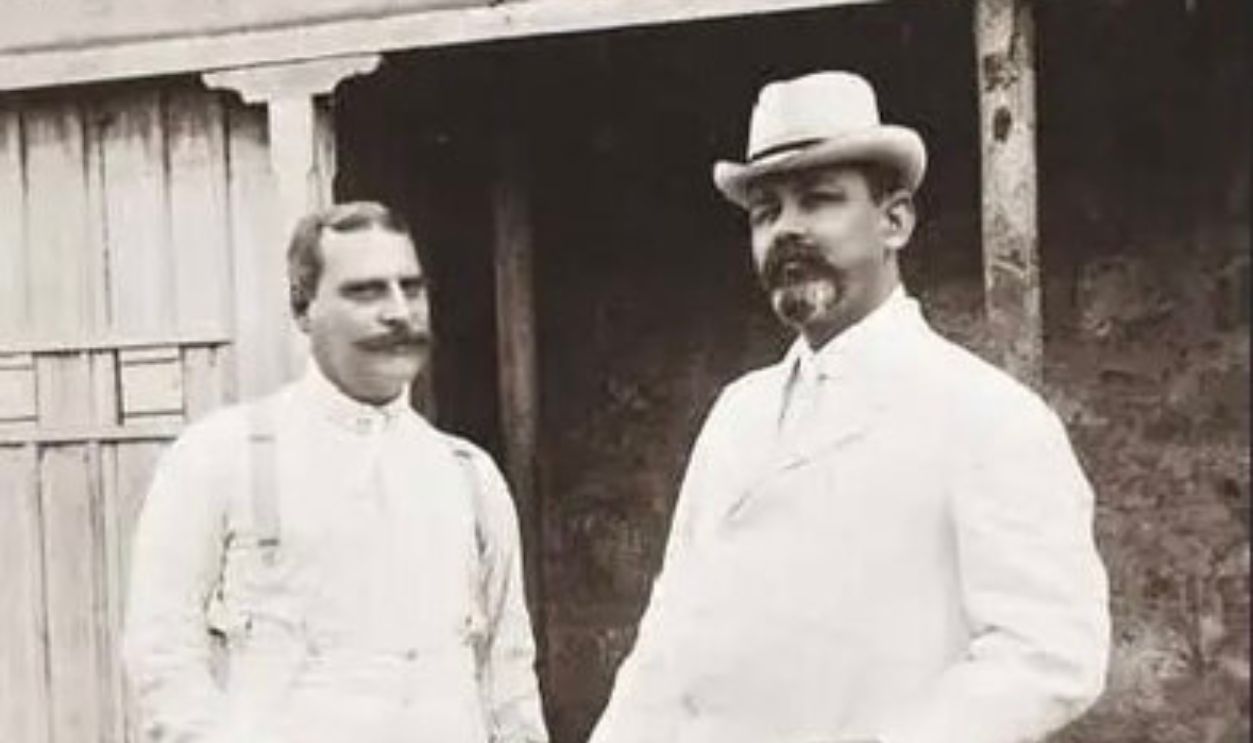 Silvino Santos, Wikimedia Commons
Silvino Santos, Wikimedia Commons
Masters of the Forest
Despite isolation, the Carabayo have everything they need. They fish, hunt with handmade bows and spears, and gather fruit, honey, and medicinal plants. Their deep knowledge of the rainforest keeps them fed, healthy, and safe. Their silence isn’t emptiness—it’s a powerful kind of wisdom.
 James Martins, Wikimedia Commons
James Martins, Wikimedia Commons
A Culture in the Shadows
We know little about their beliefs, but like many Amazonian tribes, they likely honor the spirits of the forest. Their way of life is probably built on reciprocity, respect for nature, and tightly-knit family roles. Their tools, dwellings, and paths suggest a culture that is both adaptive and deeply spiritual.
Protected, But Not Entirely Safe
Colombian law protects uncontacted tribes like the Carabayo by prohibiting outsiders from entering their territory. But threats still loom: illegal logging, drug trafficking, and disease could all threaten their survival. Even well-meaning efforts to study them could do more harm than good.
A Choice We Must Respect
The Carabayo aren’t lost. They aren’t waiting to be “discovered.” They’ve made a clear choice to stay separate. Their silence is not ignorance—it’s a statement. It says: “Leave us be.” And respecting that choice might be the most human thing we can do.
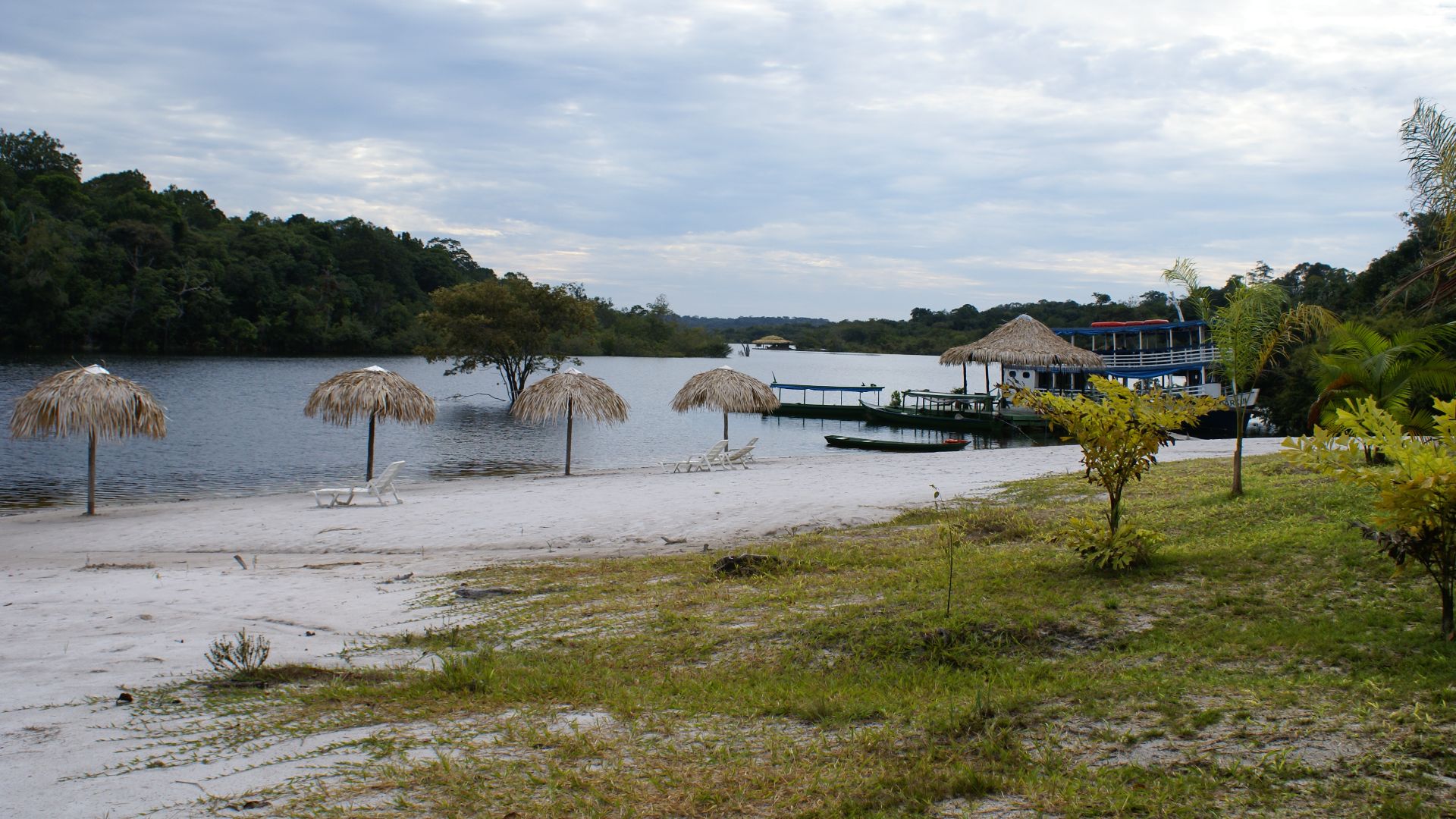 Chris Parker, Wikimedia Commons
Chris Parker, Wikimedia Commons
The Mystery That Remains
As the world modernizes and expands, the Carabayo stand as a quiet resistance. Their existence reminds us that not all progress is about moving forward. Sometimes, it’s about standing still, holding on, and trusting the forest. And maybe that’s something we can all learn from.
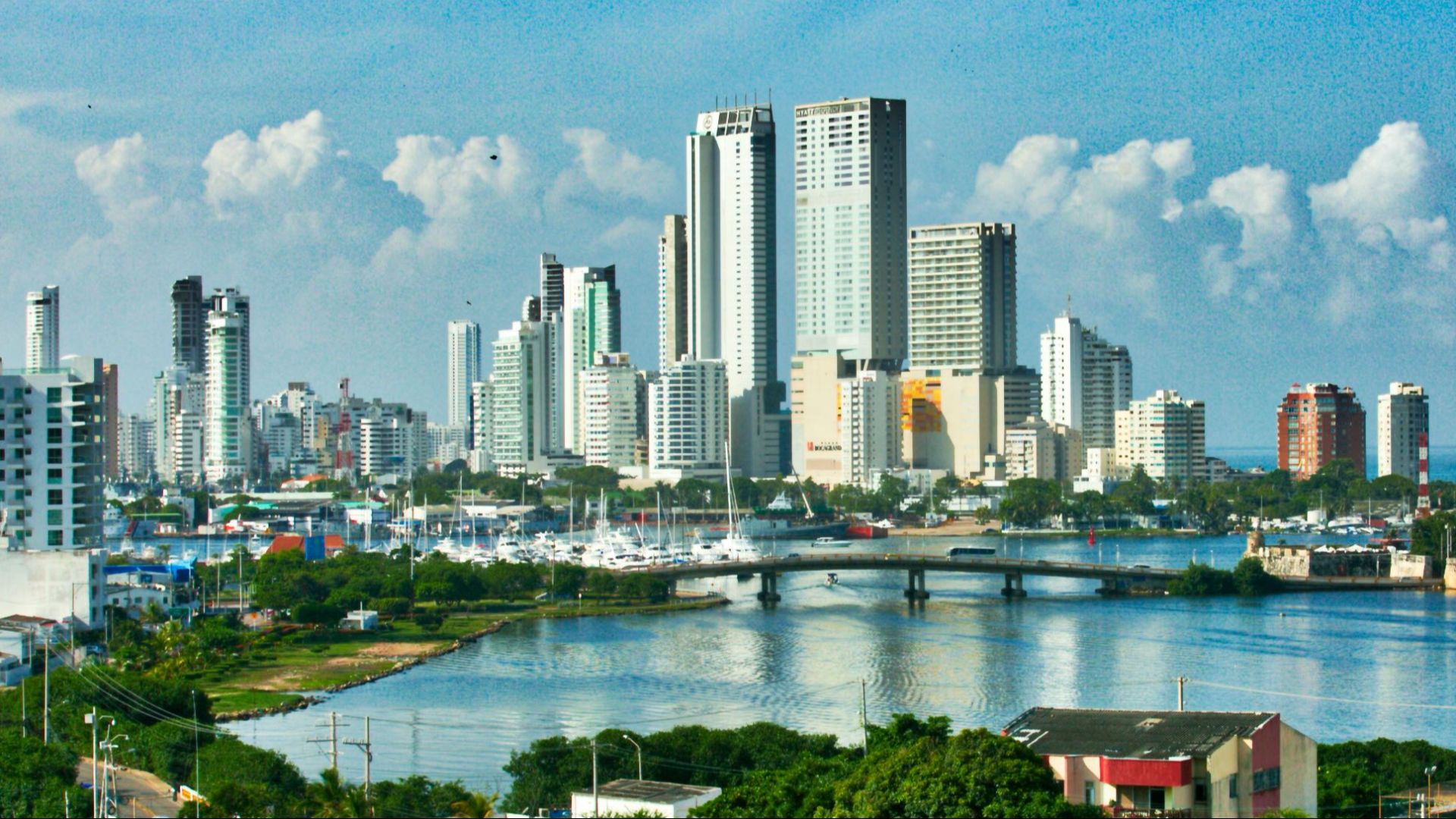 JD Lasica from Pleasanton, CA, US, Wikimedia Commons
JD Lasica from Pleasanton, CA, US, Wikimedia Commons
Living Off the Grid
Everything the Carabayo need is found in the rainforest. They rely on ancient knowledge to navigate the land, treat illness, and avoid predators. There are no calendars or clocks—only the rhythms of nature to guide them. Their life might seem primitive to some, but it’s a masterclass in sustainability.
 James Martins, Wikimedia Commons
James Martins, Wikimedia Commons
Tools Made by Hand
The Carabayo create tools using only natural materials. Stones are sharpened into blades, wood becomes bows, and vines serve as cord. These tools are passed from hand to hand, generation to generation. Nothing is wasted. Everything has a purpose.
Soundless Communication
Living in secrecy demands silence. The Carabayo are believed to use subtle signals, body language, and hushed tones to communicate. Loud sounds can reveal their location to potential threats. Their ability to move quietly through the dense forest is nothing short of astonishing.
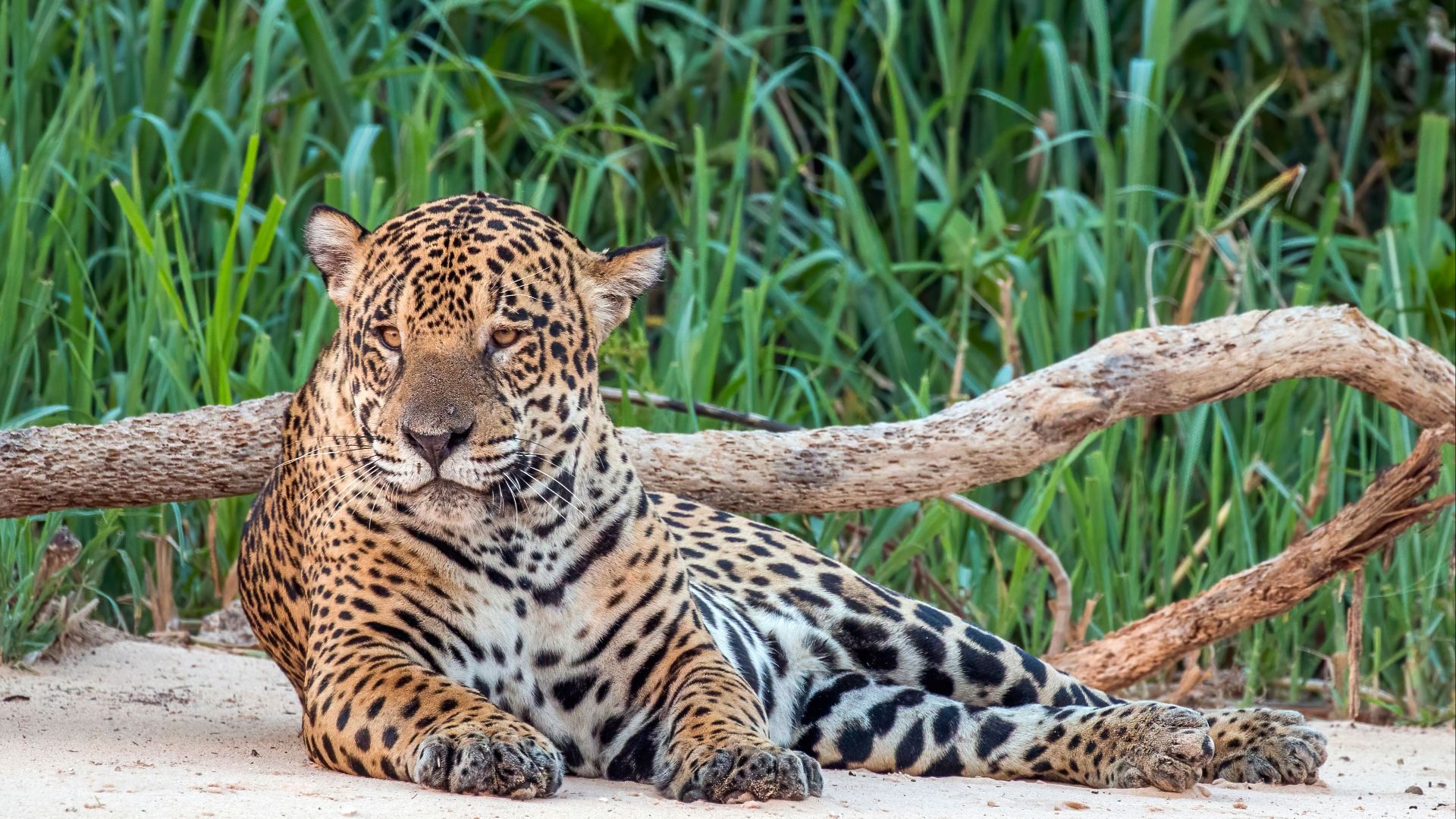 Charles J. Sharp, Wikimedia Commons
Charles J. Sharp, Wikimedia Commons
Teaching Without Schools
The forest is their classroom. Elders teach by showing, not lecturing. Children learn to hunt, fish, and build by watching their parents. Knowledge is passed down through songs, stories, and hands-on experience. In this world, wisdom isn’t written—it’s remembered.
 James Martins, Wikimedia Commons
James Martins, Wikimedia Commons
Clothing and Ornamentation
Clothing among the Carabayo is minimal, made from bark, leaves, or plant fibers. Some wear adornments made from feathers or animal teeth. These decorations likely have cultural or spiritual significance, though the exact meanings remain a mystery.
 Jürgen Steger, Sachsenleinen GmbH, Wikimedia Commons
Jürgen Steger, Sachsenleinen GmbH, Wikimedia Commons
Rituals We May Never Know
Because they’ve remained uncontacted, very little is known about Carabayo ceremonies. Do they dance? Sing? Bury their dead with rituals? We can only guess. But like other Indigenous groups, it’s likely they have sacred customs that bind their community together.
Threats From the Sky
Illegal gold mining and deforestation have brought planes and helicopters over the forest canopy—an unfamiliar roar that the Carabayo must hear. What do they think when they see flying machines overhead? Do they hide? Do they fear them? These unknowns keep their story full of wonder.
What the Elders Remember
If stories survive in Carabayo memory, they might include tales of past trauma—raids, kidnappings, and diseases brought by outsiders. These stories could be why the elders teach the younger generations to stay away from strangers, to always move, and to never trust beyond the trees.
 Jordan Goodman (2009), Wikimedia Commons
Jordan Goodman (2009), Wikimedia Commons
Modern Laws, Ancient People
The Colombian government recognizes the Carabayo’s right to remain uncontacted. Their territory is legally off-limits to outsiders. This is one of the few modern tools helping protect their way of life—proof that ancient cultures can coexist with modern protections.
 Long Visual Press, Getty Images
Long Visual Press, Getty Images
A Vanishing World
With each passing year, more of the Amazon is lost. The forest is their home, their shelter, their protector. If the forest disappears, so too might the Carabayo. Their fate is tied to the trees, the rivers, and the land that hides them.
 Phil P Harris., Wikimedia Commons
Phil P Harris., Wikimedia Commons
When Silence Speaks Volumes
Their silence is powerful. It is protest. It is preservation. It is peace. While the rest of the world grows louder, the Carabayo remind us that quiet doesn’t mean ignorance—sometimes it means wisdom.
The Last Word Belongs to Them
In the end, we may never hear their language. We may never see their dances or understand their dreams. And that’s okay. The Carabayo don’t need us to tell their story. They’re already living it—one quiet, hidden day at a time.
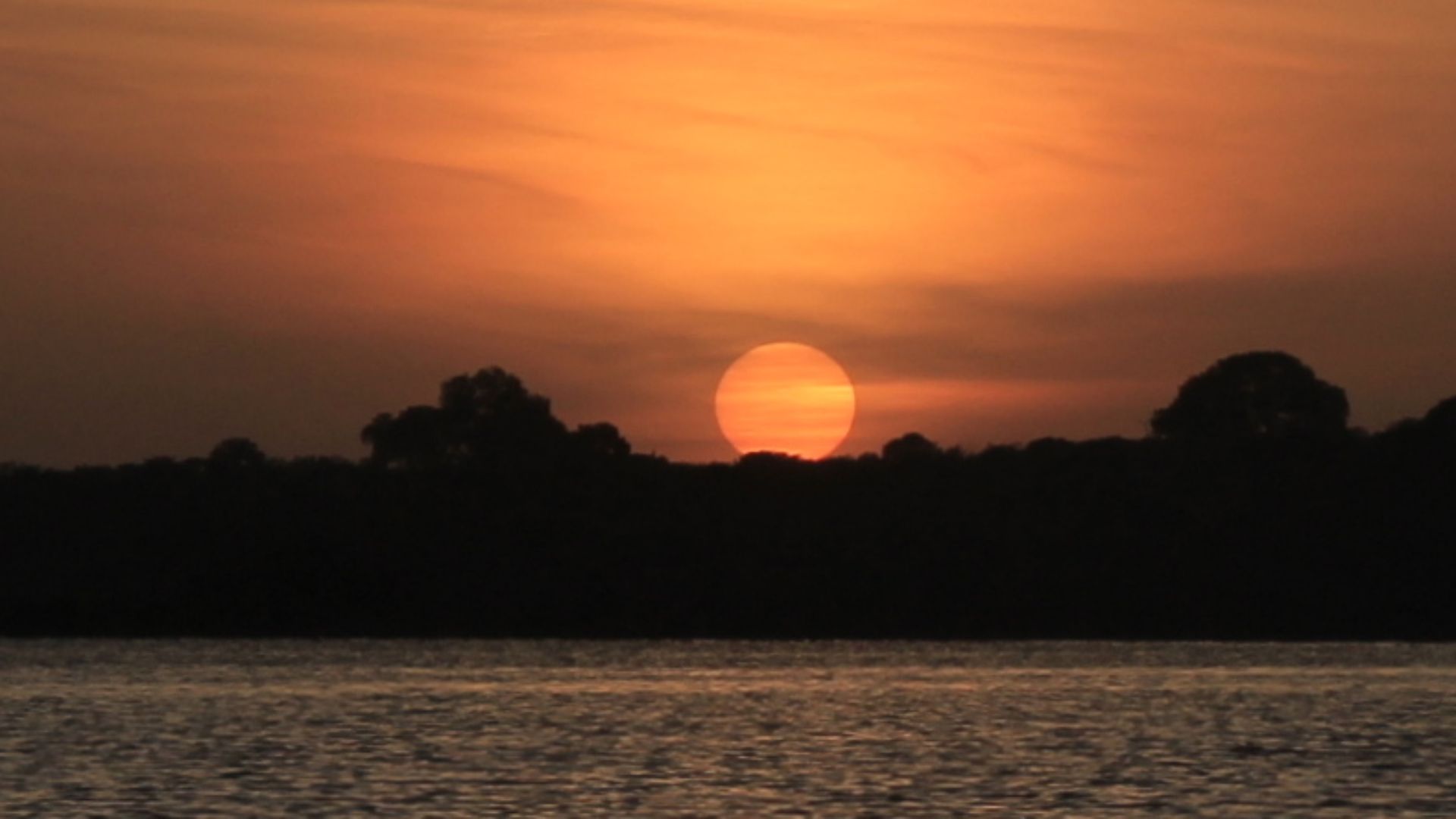 observingeye, Wikimedia Commons
observingeye, Wikimedia Commons
You May Also Like:
The Samburu People of Kenya
Photos Of The Crocodile Men of Papua New Guinea
The Traditional Life of the Zulu



